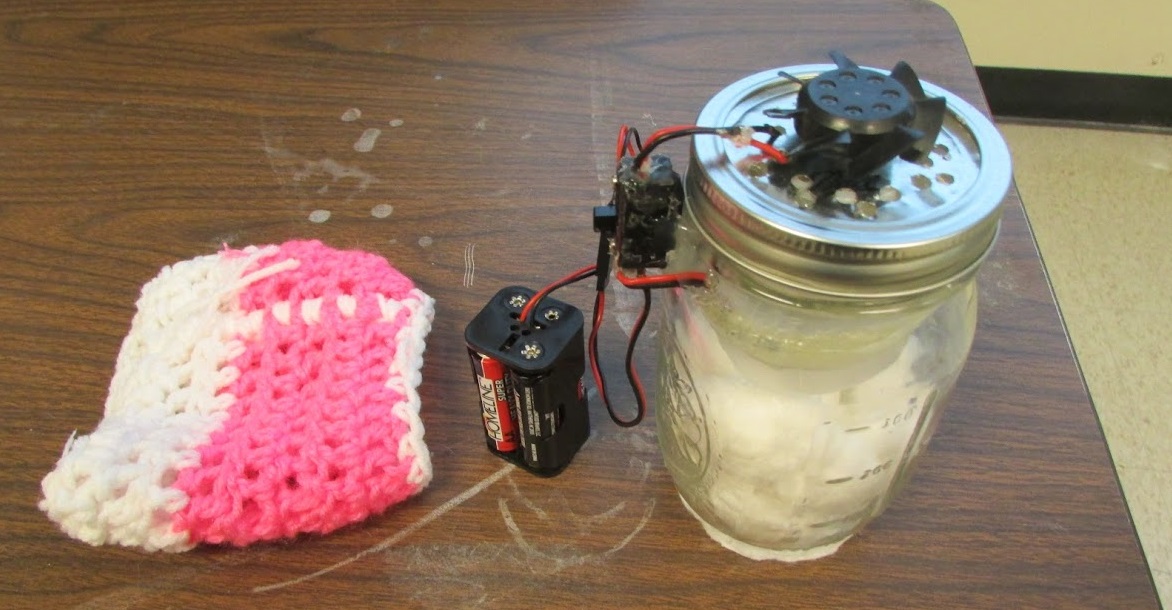.png?language_id=1)
Could you create new products using existing ones? That is what Heidi Cressman, Director of Diversity and Inclusion at the College of Engineering asked her Women in Engineering Seminar students. Her goal - make students better problem solvers and creative thinkers.
A good example of engineering innovation
“It is a commonly held belief that math and science skills are the only skills needed to be an engineer,” says Cressman. “Don’t get me wrong, they are incredibly important. But we need to teach our students to use their imagination more, and to push the boundaries of what is possible. That is when the engineering design magic happens.”
When engineers are able to solve problems by changing their perspective, relying on imagination and trial and error, they often come up with a better solution. A good example is to consider the efforts that NASA is making to visit the planet Mars. Engineers working on spacecrafts often use solar panels to power the craft. During orbits around planets or the moon, the spacecraft may have long periods of time where sunlight is not available because it is blocked by the planet they are orbiting. Engineers are responsible for coming up with efficient energy sources that can help the spacecraft maintain power even on the dark side of a planet.
Designing these solutions is not straightforward and there isn't a guidebook. Engineers must harness their creative thinking skills.
New approach to class projects
In recent years, Cressman changed her class projects to incorporate more opportunities to be creative. She became frustrated when students completed projects but did so “by the book” and without adding their unique spin to them. After having an illuminating conversation with a colleague on the many functions a pencil could have beyond the obvious, she thought to apply that idea to the classroom. As a result - her in-class projects have become an ad hoc think tank for new product development and innovation!
Now, Cressman provides her students with everyday items halfway through the semester and tasks them with developing a new product in an eight-week span. Bonus points are given if students can use at least one part from each item. Last year, students could pick from dish soap, a Braun facial scrubber, and deodorant.
Not only did each group had to come up with a new and useful product using parts of the items that they were given, but they were also required to 3D print or manufacture additional parts as needed. This really pushed the students as many had not learned how to machine products in our engineering labs yet.
Students designed a device that emitted a fresh scent.
One group made a rocket with rotating bubble wands that blew bubbles into the air at takeoff, one group designed a vibrating pillow turned on when the alarm clock went off. Another developed an odor diffusing device that would waft good smells into the dorm room.
“The results were more than what I could hope for,” says Cressman. “Nobody had the same ideas and we ended the semester with eight totally unique and useful products.”
Cressman encourages educators to give students the freedom to come up with their own ideas and design new products that tackle a real word problem (in the case of one student group - smelly dorm rooms).
Questions or need guidance on how to make changes in classroom activities? Contact Heidi at hec9@uakron.edu.

